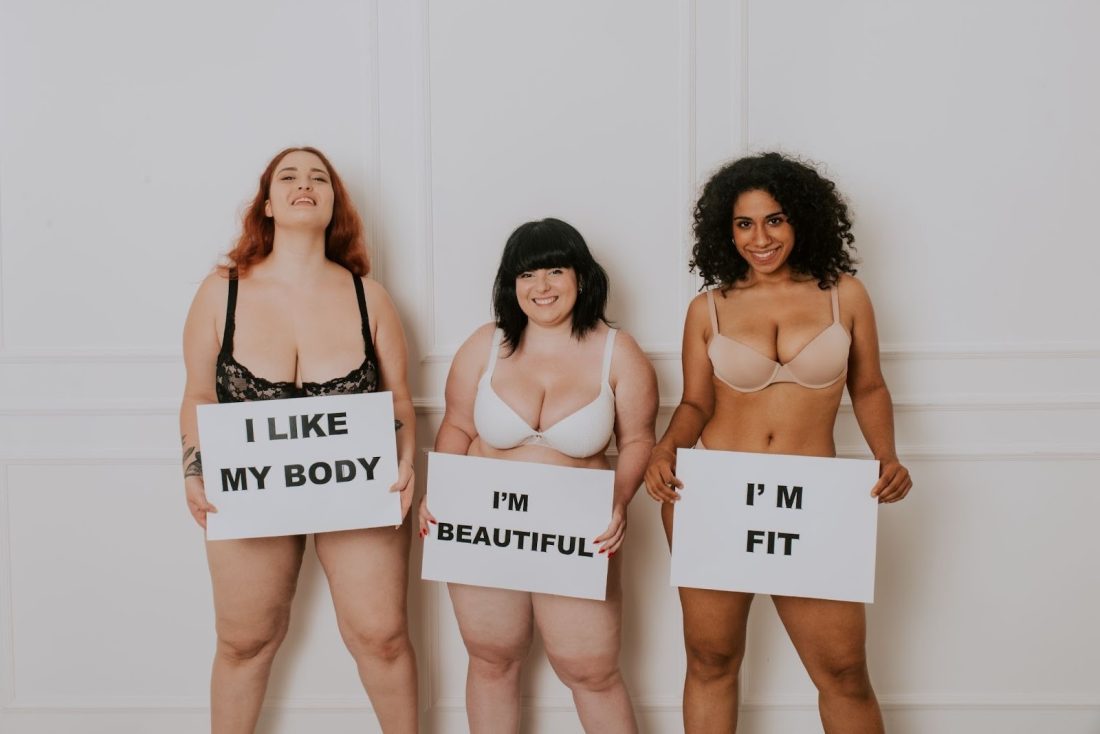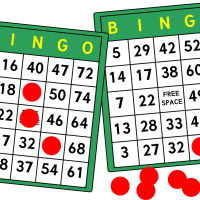
As media becomes more inclusive, many different groups are starting to enjoy the spotlight. However, one demographic has been noticeably lacking outside of some very specific tropes and stereotypes. We’re talking about plus-size models, actors, and actresses. Although most people in the United States are at least somewhat overweight, you’d be hard-pressed to find those same individuals in movies or TV shows. At least, not as main characters or heroes.
So, let’s look at the history of plus-size representation and whether or not mainstream media is shifting to accommodate this group. We’ll also look at plus-size women in adult entertainment, such as BBW VR porn.
Fat Stereotypes in Media
Technically, we’ve always seen plus-size people in mainstream media. However, the problem is usually how they’re represented. Typically, overweight characters fall into several categories:
- Comic Relief – What’s funnier than a fat guy falling down or getting hit in the face? While thin comedic roles can be clever or witty, plus-size characters are almost always slapstick and rely on physical humor. Chris Farley is a perfect example, but there are tons of others.
- Lazy Slob – The idea that overweight people are just lazy is still pervasive today. So, many movies and TV shows lean into that trope, both for comedic effect and as a warning to thin people about what they can turn into without the right work ethic.
- Villain – Another traditional trope regarding overweight people is that they’re greedy and selfish. After all, why would they be so fat if they didn’t eat more and take more than everyone else? So, many overweight people have been villains over the years – too many to count. Some notable examples include Ursula, Jabba the Hutt, and, more recently, Baron Harkonnen from Dune.
Another crucial element to point out is that women are almost always excluded from this list. Sexism and fat stereotypes go hand in hand. If a woman is overweight in a movie or TV show, that’s her whole character. Think about Monica from Friends. It wasn’t until she lost weight and became conventionally attractive that she held value to both the audience and other people in her life.
Overall, while it’s more socially acceptable for men to be overweight in mainstream media, it’s not okay for women to have similar body types.

Plus-Size Representation in Adult Entertainment
As with all forms of representation, mainstream media isn’t the only place you can see people who look like you. Adult content spans all kinds of backgrounds, body types, and sexualities. But is porn exploiting these people or empowering them to be in control over their bodies?
When it comes to plus-size people in porn, traditional sexism ironically goes in the opposite direction. While it’s common to see pornstars with a little thickness, overweight men are virtually extinct. With the notable exception of Ron Jeremy, it’s almost impossible to see a male pornstar who isn’t showing off a rock-hard bod.
But what about female plus-size pornstars? BBW content is ubiquitous and popular, but again, is it just another form of exploitation? Are a woman’s belly rolls and jiggly arms a natural part of her body, or just sexual elements to fetishize?
We’d argue that BBW entertainment is more empowering than exploitative. First of all, these women are participating by choice. Secondly, being attracted to a plus-size person is not inherently wrong or a symbol of objectification. Finally, adult content is much more accommodating to plus-size actresses than Hollywood.
For example, you can practically count the number of overweight women in Hollywood on one hand. By comparison, there are hundreds of plus-size gals in porn, ranging in size and body types. Basically, if you want to see an accurate portrayal of the “average” woman, browsing a list of BBW content will deliver far better results than any movie or TV show. Sites like SexLikeReal are far more authentic in their portrayals.





